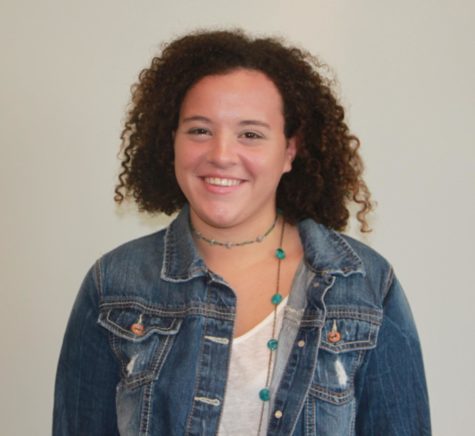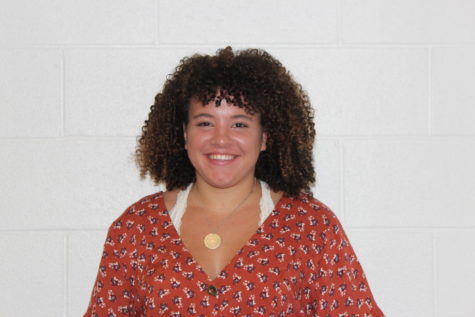Opinion: No harm in cornrows
November 28, 2018
 I didn’t realize little girls were racist.
I didn’t realize little girls were racist.
I wasn’t the only one returning from spring break with bronzed skin, Florida apparel and my curls twisted into tight, woven cornrows braids back in elementary school. When cornrows were a trendy hairstyle for convenience and look. No one viewed little girls as racist.
Now the perception has changed. Childhood memories tied to cornrows are now tarnished with the label cultural appropriation. Cornrows from grade school is still the fun activity it’s always been. The only difference now people are assuming the tradition of cornrows is to be disrespectful and are over analyzing this topic into a controversial debut.
People don’t see the positive benefits this custom establishes on the athletes. These players are putting their blood, sweat and tears into securing their team and themselves a spot at higher competitions: states, districts, regionals, etc. and it is not without its share of bitter battles. For them cornrows are an outlet they have come to love and look forward to as a tradition of celebrating outside of the usual practice and game environment.
“I just miss how girls would get together,” senior Brianna Jhamb, a captain of the girls’ cross country team said. “Where they would go to salons together and get their hair done, it’s just this big celebration.”
This time for celebration has become twisted by the accusations from the school and parents. The school is ignoring the foundation of victory and team bonding the cross country and volleyball team have built around cornrows. Instead they’re jumping to call it cultural appropriation. These two teams had no intentions to be disrespectful and for people in this community to think they’re capable to stoop this low is insulting.
“We just thought they looked cool,” senior Avolyn Lepo, a player on the volleyball team said. “Then we had the cool idea of adding one cornrow, one braid for every game we win. We were just doing it to appreciate it because we like how it looks. None of us tried to be offensive.”
The topic has grown out of proportion to the point where it’s impacting sports team in a negative light. The boys’ soccer team has had a running tradition of shaving their hair into mohawks for districts. This past year some players with longer hair decided to do cornrows instead. The night of the first game, they were threaten without warning to have to forfeit if they didn’t take out their cornrows. These players fought their way to districts, were less than hours away from playing their first game in a difficult contest and the school had the audacity to blacklist the team on a hairstyle.
I understand why in today’s society you can’t be too careful. The grey area of what is and is not cultural appropriation tends to become crossed without intention. Although that shouldn’t be the reason that plunges us into a world of hastening decisions. We need to stop assuming this topic is more controversial than it is.
“I’m mixed,” junior Ariana Hill, a leader in Calling All Colors said. “To me, [cornrows] are not a problem, hairstyles can stem from other cultures, but that culture does not own it.”
Cornrows shouldn’t be ripped away from athletes, it should be encouraged. This custom makes us aware of a new culture, which makes us appreciate it, stopping cultural appropriation. Cornrows are three steps back in the never-ending progress of tearing down the race barrier. This should not be another controversial topic that drives us further apart.
“We’re better than that,” Jhamb said.
Yes, we are. No one should be the dictator of culture.

